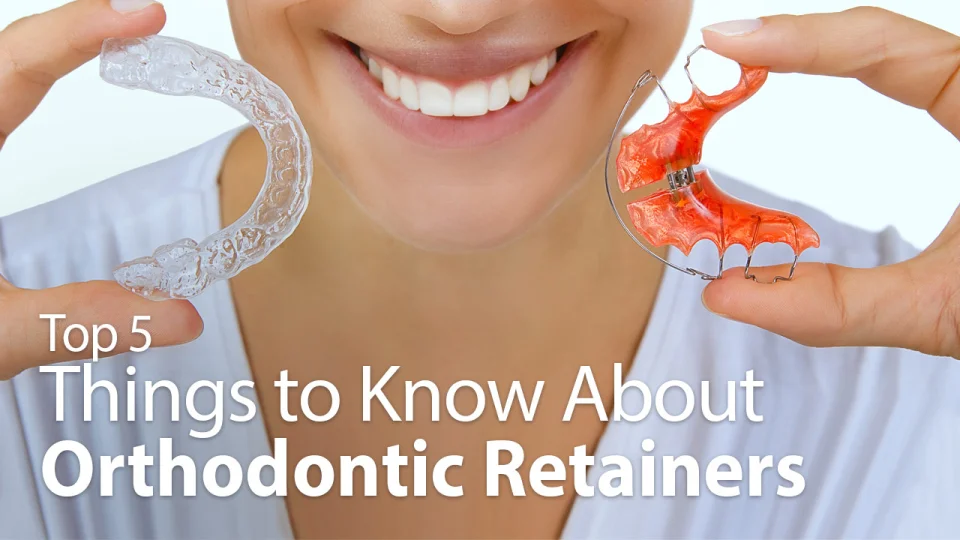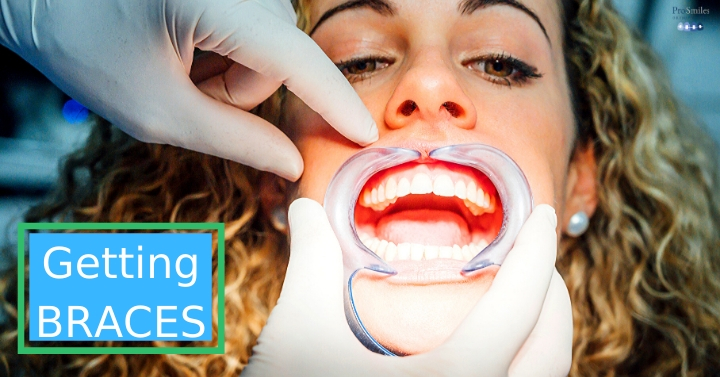The Greatest Guide To Legacy Orthodontics
The Greatest Guide To Legacy Orthodontics
Blog Article
Legacy Orthodontics for Beginners
Table of ContentsThe Best Guide To Legacy OrthodonticsThe Of Legacy OrthodonticsLegacy Orthodontics Things To Know Before You Get ThisMore About Legacy OrthodonticsThe 25-Second Trick For Legacy Orthodontics
At Advanced Orthodontics, we give clients with a alternative therapy experience. On top of that, we provide flexible therapy schedules, flexible repayment options and a fun, satisfying experience. leesburg orthodontics. Telephone call ( 480) 357-4900 today for even more details and routine a visit.An orthodontist is a dental expert educated to diagnose, prevent, and treat teeth and jaw abnormalities. They remedy existing problems and are educated to identify issues that may create in the future. Orthodontists deal with people of any ages, from youngsters to adults. People commonly associate an excellent smile with health.
Malocclusion, or misaligned teeth, can lead to oral issues, including tooth degeneration, periodontal illness, and challenging or uncomfortable chewing. But not everyone is born with straight teeth. If you have a bad bite or large areas in between your teeth, you might want to consult a dental expert specializing in orthodontic treatment.
Legacy Orthodontics for Dummies
( Image Credit Report: DigitalVision/Getty Images) Orthodontists utilize taken care of and removable oral gadgets, like braces, retainers, and bands, to change the setting of teeth in your mouth. Orthodontic therapy is for oral abnormalities, consisting of: Uneven teethBite troubles, like an overbite or an underbiteCrowded teeth or teeth that are also far apartJaw misalignmentThe objective of orthodontic treatment is to enhance your bite.
A healthy bite guarantees you can eat, eat, and speak correctly. While you could consider orthodontists as generally for kids or teens that require braces, they can fix oral problems at any type of age. Orthodontists participate in university, oral institution, and orthodontic college. After graduation, they invest 2 or 3 years in an orthodontic residency program.
All orthodontists are dentists, yet not all dental practitioners are orthodontists. Orthodontic residency programs use intensive, concentrated direction for oral experts. They concentrate on two areas: Just how to correctly and safely relocate teeth Exactly how to correctly guide advancement in the teeth, jaw, and faceOnce an orthodontist has finished training, they have the choice to end up being board licensed.
10 Easy Facts About Legacy Orthodontics Shown
Malocclusion leads to tooth overcrowding, an irregular jaw, or irregular bite patterns. Malocclusion is normally treated with: Your orthodontist affixes steel, ceramic, or plastic square bonds to your teeth.
If you have only small malocclusion, you may be able to use clear dental braces, called aligners, as opposed to conventional braces (https://www.producthunt.com/@legacyortho1). Some people need a headwear to help relocate teeth into line with stress from outside the mouth. After braces or aligners, you'll need to use a retainer. A retainer is a custom-made device that keeps your teeth in position.
They can produce additional area in the mouth without having to pull teeth. Orthodontists make use of wires, surgical screws, or plates to sustain your jaw bone.
You might need to see an orthodontist if you have: Crowding or otherwise enough room for all of your teethOverbite, when your upper teeth come over your base teethUnderbite, when your base teeth are too far forwardSpacing or concerns with gapsCrossbite, which is when your top teeth fit behind your bottom teeth when your mouth is closedOpen bite or a vertical void in between your front bottom and top teethMisplaced midline, when the facility of your bottom and top teeth do not align Correcting a dental malocclusion can: Make biting, chewing, and talking easierImprove the balance of our face and your general appearanceEase discomfort from temporomandibular joint conditionsDifferent your teeth and make them less complicated to clean, aiding prevent tooth degeneration or tooth cavities It's usually a dental expert who first notices misaligned teeth during a regular examination.
An Unbiased View of Legacy Orthodontics

Throughout your first orthodontic assessment, you'll likely have: A dental examPhotos taken of your face and smileDental X-raysPanoramic (360 level) X-rays of your face and headImpressions to create molds of your teethThese examinations will help your orthodontist understand how to proceed with your treatment. orthodontics. An orthodontist is a dental professional who's had training to treat your teeth and jaw
An orthodontist is concentrated on your bite, so something like a cracked tooth would certainly be taken care of by a dental professional. Orthodontists are focused on your bite, or the method your teeth fit with each other, and the straightness of your teeth.
Ever before asked yourself just how stars constantly seem to have perfectly straightened teeth? The response frequently depends on the experienced hands of an orthodontist. But what exactly does an orthodontist do? Orthodontists are oral specialists who concentrate on dealing with abnormalities in the teeth and jaws. Their expertise surpasses simply creating an attractive smile; it reaches enhancing your overall dental wellness and function.
The 5-Minute Rule for Legacy Orthodontics

, orthodontists have a diverse toolkit at their disposal. These reliable braces utilize a system of brackets bound to the teeth and attached by wires.
Clear aligners, like Invisalign, are a prominent option for clients looking for a more discreet therapy alternative. These detachable trays are personalized to gradually shift the teeth's position. Headgear may be used along with dental braces or aligners to use added targeted pressures, especially for fixing jaw discrepancies. In cases of narrow jaws, palatal expanders can be used to develop space for correct tooth placement.
Report this page